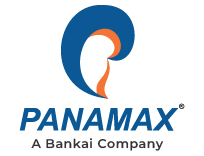The rise in global financial inequality is one of the significant challenges for countries worldwide in the 21st century. And now, with the global covid pandemic, the gap has been further exaggerated. Although financial inequality is a global issue, its impacts are felt more in developing nations or emerging economies.
There is a high ratio of the informal sector, scattered industries, and broader gaps in access to fintech products in developing countries. In regions of Latin America, the Medium and Large-Scale Industries (MSMEs), particularly in the agricultural sector, face an acute shortage of access to financial benefits as most of the population there still live in an ‘unbanked’ world.
Among all the Latin American (LATAM) countries, Columbia and Peru stand at par with each other regarding financial inclusion, which remains the highest in the region (82). On the other hand, countries such as Argentina, Mexico, and Brazil are catching up with scores of 74 apiece and 71, respectively.
The increased usage of technologies such as Artificial Intelligence (AI), Machine Learning (ML), and Augmented Reality (AR) has drastically helped in the expansion of the fintech realm in growing economies.
Sustainable financial inclusion aids overall development and gives its citizens a better standard of life. Therefore, today, we will be focusing on the factors that will be important in strategizing maintainable and easily accessed financial inclusion in the LATAM countries. Moreover, we will also see why transparency is essential while offering financial assistance.
Factors that Help in Strategizing Financial Inclusion
In growing economies, the government must be on its toes in looking after its people to improve their standard of living. In addition, they must give adequate independence to the private bodies and encourage public-private partnerships. Here are some essential factors that will help them in sealing the deal.
Have an ‘All-Inclusive’ Approach
As we have discussed earlier, there is a high ratio of the marginalized section in the Latin American and Caribbean countries. According to a World Bank study, nearly 50% of Latin American residents do not have access to any single financial product. Financial exclusion stems from a lack of capital access or the high cost. Both these gaps can be closed by leveraging the opportunities offered by open finance –one reason why regulators in Brazil, Mexico, Colombia, and Chile, to name just four, are so interested in promoting it. Therefore, the onus is on the leaders and the policymakers to endorse and implement an 'all-inclusive approach". The first step here can be rendering financial education to the targeted audience.
With adequate financial education, the end-users would understand their rights and would be able to make more informed decisions. Moreover, banks and aggregators can use digital wallet platforms that provide agency banking services to provide better services to the customers. Also, competent agency banking will help the financial institutions to reach places and expand their userbase horizon.
For the emerging economies, it is not advised to focus just on the big two-three institutions or a specific privileged section n in the market and hope that the country will grow with them.
Focus on Technology
Having the right set of technology can well be the deciding factor in strategizing effective financial inclusion. The banks, BFSIs, and aggregators must promote mobile payment solutions to make it easier for end customers to access financial services. In addition, if there is high-level project sponsorship that involves the leading policy-making bodies, it would streamline the financial inclusion process powered by technology.
Through new-age technologies such as Augmented Reality (AR), Artificial Intelligence (AI), etc., organizations in the LATAM countries can position economic policy reform schemes made for the people. Working with the latest technology will also educate the financial policymakers as they become more aware of what is happening worldwide.
Remove the Bottlenecks
While strategizing financial inclusion, one must focus on possible hurdles. The success of the financial inclusion strategy lies in implementing it. Therefore, it is necessary to foresee the bottlenecks in the implementation process and remove them before they create havoc. In emerging economies, the financial jams can be of various kinds, such as:
- Non-competent financial staff
- Unavailability of resources
- Non-awareness of the end-users
- Limited financial inclusion and access
These bottlenecks in emerging economies can also be removed by educating the banks, BFSIs, aggregators, etc., to choose a versatile digital banking platform with fantastic features like top-up and bill payment, agency banking, bulk payment options, and subsidy distributions, and more.
Importance of Being Transparent
While forming the financial inclusion strategy, the policymakers must look at every aspect and segment of the society. Effective financial inclusion can happen with transparent policies so that end-users can access all the practical things. The monetary policymakers should not limit their thinking process and have a broader approach to include futuristic solutions that could stand the test of time. Through this thinking process, they can help make better financial policies for the people of their country and implement them more sustainably.
Identifying the Role of Stakeholders
To implement financial inclusion on a practical basis, it is necessary to do precise stakeholder mapping. The mapping process is essential because it represents the private and public sectors' interests. The typical identification of the stakeholder’s accounts of the following entities:
- Regulatory institutions: This includes the central banks, telecommunication regulators, capital markets, banking commissions, and pension regulators
- Government policymakers: Here, different ministries such as planning, development, finance, telecommunications, and other policy-making institutions are identified
- Public and private financial service providers: This section of stakeholders includes mobile money providers, microfinance institutions, credit unions, and postal banks
- Technology development partners: These stakeholders provide their support in lending technical assistance apart from non-financial support. Moreover, the technology development partners also offer guidance in information sharing, data generation, and technical implementation.
Resounding Financial Inclusion in LATAM Countries for Better Growth
In LATAM countries, the domains are different compared to those in developed countries. Therefore, technology’s role and an all-inclusive policy become crucial in financial inclusion. In addition, the process of financial inclusion should be such that it aids in the region’s growth in the LATAM region. And in the present day and age, the Latin American economies must continue their growth for the overall betterment of the world.
Competent digital wallet platforms can bring significant change and help LATAM Countries embrace the financial transition phase. MobiFin Elite, a product of Panamax Inc has made major inroads by rendering superlative Digital Financial Solutions (DFTs) such as agency banking, mobile money, bulk payment, unified payment network, and more. Therefore, this will promote more financial inclusion of the marginalized sections, it would path the way for better financial literacy.
Related Blogs
How IoT is Revolutionizing the FinTech Industry?
Hyper-Personalization in Banking: Creating Opportunities for Fintech Expansion


















